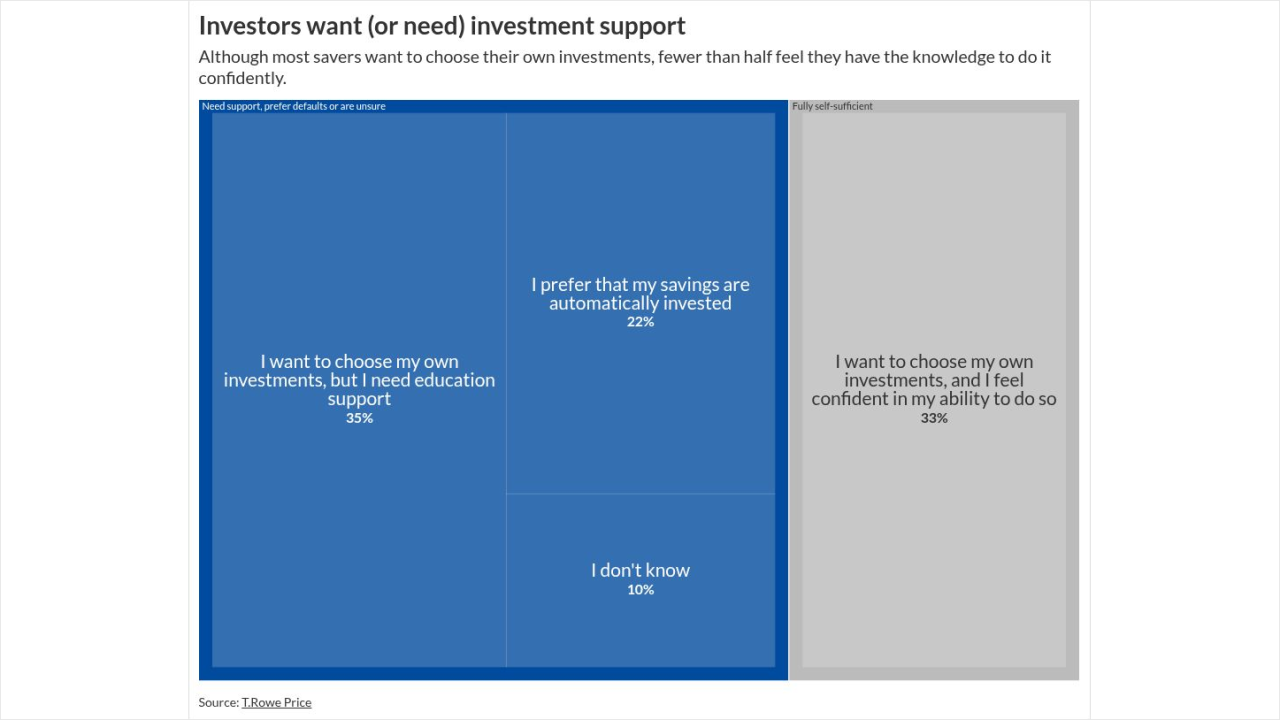Rising pay for college athletes brings more planning risks and opportunities, prompting a new collaboration that will send Morgan Stanley financial advisors to campuses around the country.
Morgan Stanley Global Sports & Entertainment and "name, image and likeness" technology and management firm
The program is launching as the compensation for athletes ranging from thousands of dollars to several million is leading to more efforts
The involvement of Morgan Stanley was "really important for me and for the athletes, because it gives instant credibility," since both the wealth management company's unit and TheLinkU aim to give the players "the tools to be successful," said founder Austin Elrod. His firm works with athletes, athletic departments and colleges to maximize their NIL through identification of opportunities, contract management technology and other services.
The education could turn into client relationships for the Morgan Stanley advisors and executives coaching the students if "the athletes determine that they would like to take the next steps," Elrod said in an interview.
"It was important for me to make sure that we brought in the best of the best," he said. "Having that brand power, that protection layer associated with this was really important. I knew that would increase the participation of the student athletes."
READ MORE:
Big pay, big challenges
NIL payments have created something
At the same time, the athletes are fielding interest from so-called agents or NIL firms demanding much higher commissions from them than those received by agents representing professional sports players, he noted. Brown, a former NCAA football player who became an advisor, speaks with college athletes and coaches them on financial topics on a pro bono basis. He has also launched
An environment of growing overtures to the players from licensed experts and potential bad actors alike "forces the younger student-athlete to do their due diligence, sooner rather than later," Brown said. And they have valid concerns about what will happen if they, like most NCAA athletes, can't play their sport professionally, he added.
"If the end result is that the student athlete doesn't make it to the next level, are you going to stick it out with that former student athlete as a client?" Brown said. "I don't know how much some of this stuff is going to be sustainable."
READ MORE:
A huge but uncertain potential settlement
To that point, some aspects of NIL could see dramatic shifts in the rules for the compensation based on the pending settlement in the
As many as 390,000 current and former athletes could get back payments amounting to $2.77 billion, and every Division I school could then share up to $20.5 million in media revenue with athletes from their colleges, starting on July 1. Any future NIL deals over $600 would need approval from a third-party clearinghouse deciding whether the contracts represent the "fair market value."
But the agreement between the parties hasn't received final approval from the judge in the case. And legislative action by Congress or an executive order from the White House could alter the guidelines further.
In that murky landscape, the more than 300 Morgan Stanley advisors in the sports and entertainment unit could offer the athletes some valuable financial education and advice.
"College athletics has seen unprecedented change over the past few years," Sandra Richards, head of the Morgan Stanley unit, said in a statement. "The need for financial education and guidance has become increasingly critical for college athletes, parents, coaches, and other stakeholders."
READ MORE:
An opportunity and a need
And that will be especially true after the terms of the House settlement will "allow billions of dollars to flow to student athletes from institutions," said Elrod. Currently, the firms are planning advisors' trips to speak with teams from three conferences — the Big 12, the Mid-American Conference (MAC) and Conference-USA — with more possible agreements on the way.
Regardless of the complex negotiations ongoing over possible limits on NCAA rosters or future laws, advisors should educate themselves about the ramifications of the settlement and how working with college athletes is different from planning for pro sports players, he said.
"If you do that, you're going to see all the opportunities that are coming from this space and the need," Elrod said. "The more good and smart, savvy people we have in this space, the better."





